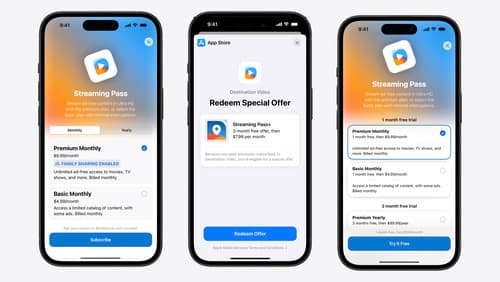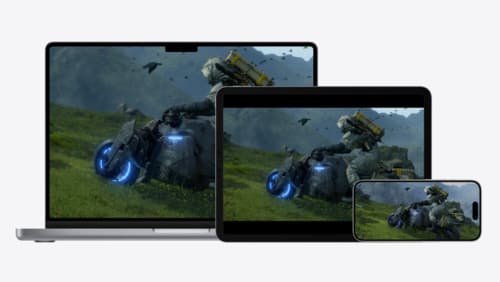xcode16
Asked on 2025-04-01
1 search
Xcode 16 introduces several new features and improvements to enhance the development experience. Here are some highlights:
-
Code Completion: Xcode 16 features an innovative new engine for code completion, powered by a model specifically trained for Swift and Apple SDKs. This engine uses your project symbols to customize suggestions and runs locally on your Mac, ensuring privacy and fast results. This is available when running Xcode 16 on macOS Sequoia.
-
Swift 6: The new Swift 6 language mode provides concurrency safety guarantees, turning data races into compile-time issues, which improves the correctness and safety of your code.
-
Explicit Modules: Xcode 16 supercharges builds with explicit modules, offering improved parallelism, better diagnostics, and faster debugging. For C and Objective-C, explicit modules are on by default, while for Swift, you need to opt in.
-
Previews: There are improvements to UI previews, making them faster and more integrated with your model. New APIs like the
previewablemacro make previews simpler to write and more reusable. -
Swift Testing: Xcode 16 has full support for Swift testing, allowing tests to run safely in parallel and providing a rich inline presentation to help diagnose test failures.
-
Instruments and Flame Graphs: New features in Instruments, such as flame graphs, provide deeper insights into app performance, helping to identify and resolve performance issues.
-
StoreKit Enhancements: Xcode 16 includes updates to StoreKit, allowing you to test your app's privacy policy and license agreement locally, and test localizations for subscription groups.
For more detailed information, you can refer to the sessions "What’s new in Xcode 16" and "Platforms State of the Union" from WWDC 2024.

What’s new in StoreKit and In-App Purchase
Learn how to build and deliver even better purchase experiences using the App Store In-App Purchase system. We’ll demo new StoreKit views control styles and new APIs to improve your subscription customization, discuss new fields for transaction-level information, and explore new testability in Xcode. We’ll also review an important StoreKit deprecation.

Customize spatial Persona templates in SharePlay
Learn how to use custom spatial Persona templates in your visionOS SharePlay experience to fine-tune the placement of Personas relative to your app. We’ll show you how to adopt custom spatial Persona templates in a sample app with SharePlay, move participants between seats, and test your changes in Simulator. We’ll also share best practices for designing custom spatial templates that will make your experience shine.

Port advanced games to Apple platforms
Discover how simple it can be to reach players on Apple platforms worldwide. We’ll show you how to evaluate your Windows executable on Apple silicon, start your game port with code samples, convert your shader code to Metal, and bring your game to Mac, iPhone, and iPad. Explore enhanced Metal tools that understand HLSL shaders to validate, debug, and profile your ported shaders on Metal.
